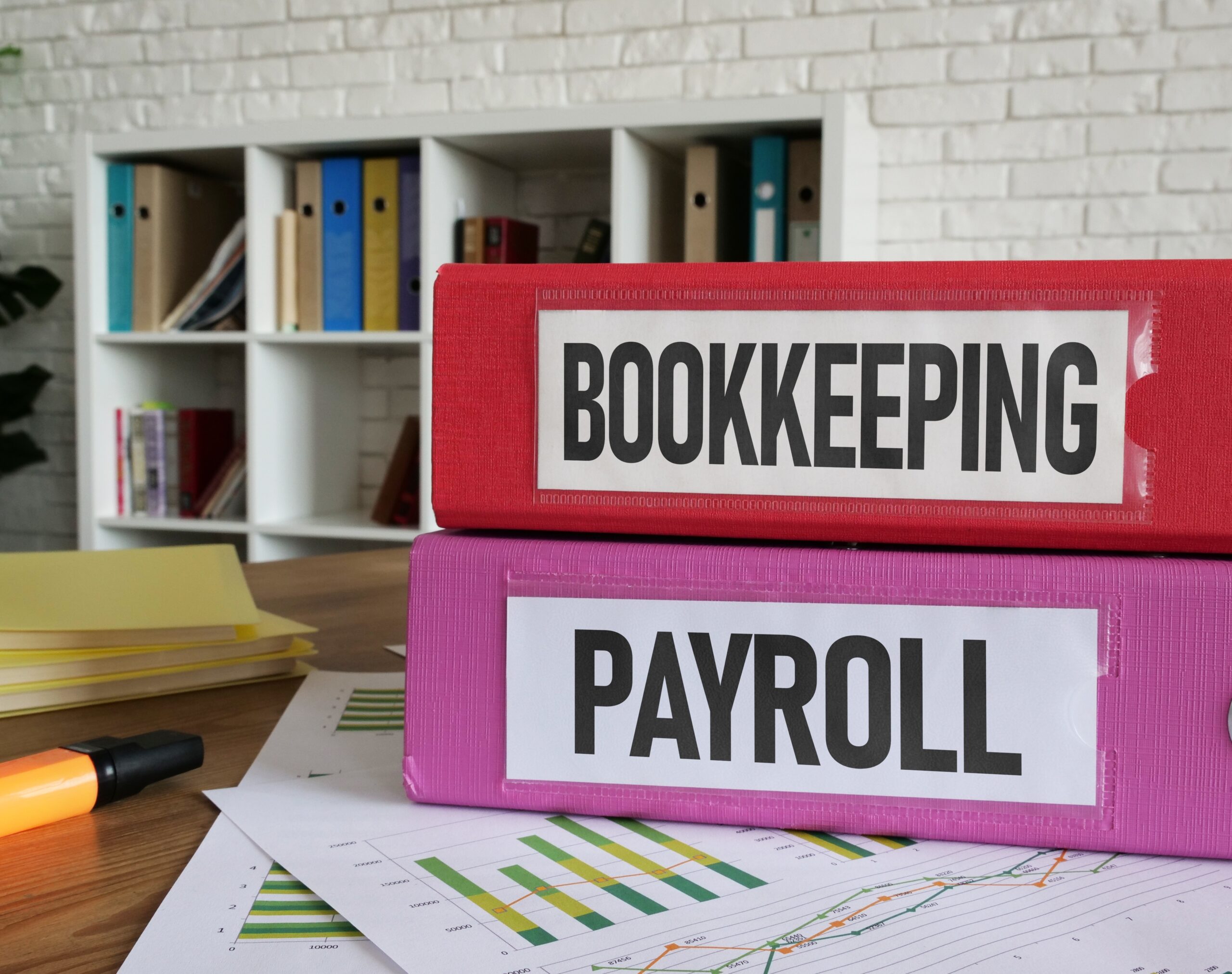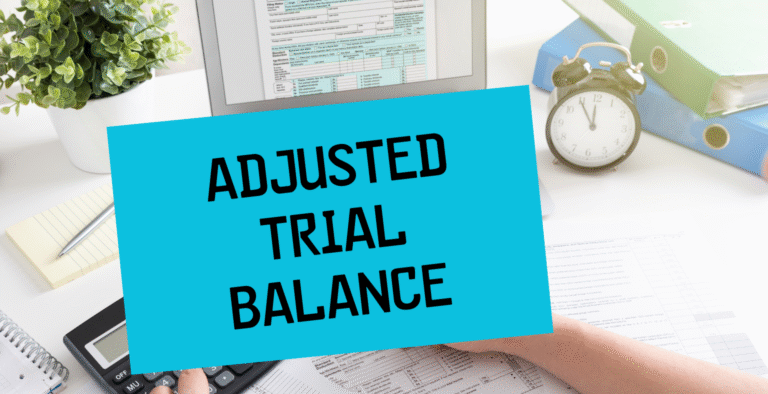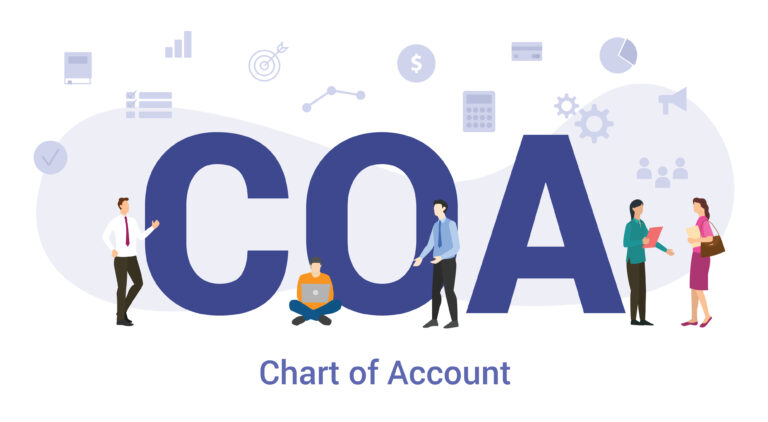Managing payroll as a small business owner can feel overwhelming. From calculating salaries and tax withholdings to staying compliant with labor laws, it’s easy to get lost in the details. However, payroll is a critical function that must be handled correctly and on time to keep operations running smoothly and employees satisfied.
This guide simplifies payroll with practical bookkeeping tips designed to keep your payroll process organized, efficient, and compliant.
Why Payroll Matters for Small Businesses
Your employees are the foundation of your business, and paying them accurately and on time isn’t just good practice—it’s a legal requirement. Proper payroll management ensures:
- Employee Satisfaction: Timely and correct payments build trust and maintain morale.
- Tax Compliance: Correct tax calculations and filings prevent costly penalties.
- Financial Clarity: Up-to-date payroll records offer transparency in your business’s financial health.
Whether you have a small team or a growing workforce, understanding payroll is crucial for long-term business success.
6 Essential Bookkeeping Tips for Simplifying Payroll
1. Automate Payroll Processing
One of the most effective ways to simplify payroll is by using payroll software. These tools automatically calculate wages, deductions, and taxes based on your input, reducing errors and saving time.
Recommended Payroll Software:
- QuickBooks Payroll – Integrates with QuickBooks for seamless accounting.
- Gusto – Offers automation, benefits management, and tax filing.
- ADP – Scalable payroll solution with compliance support.
Pro Tip: Choose a payroll system that integrates with your accounting software to keep financial records in sync effortlessly.
2. Stay Updated on Payroll Rules and Regulations
Payroll involves more than just paying employees—it requires compliance with federal, state, and local tax laws, as well as labor regulations concerning overtime, benefits, and paid leave.
Actionable Steps:
- Keep a payroll calendar with tax deadlines and reporting dates.
- Stay informed about changes in labor laws.
- Consult a tax advisor or accountant for guidance on complex regulations.
3. Correctly Classify Employees and Contractors
Improper classification of workers can lead to legal issues and tax penalties. Employees are entitled to benefits and legal protections, while independent contractors are not.
Avoid Misclassification by:
- Understanding IRS guidelines for distinguishing employees from contractors.
- Regularly reviewing worker classifications.
- Keeping detailed documentation for all classifications.
4. Accurately Track Time and Hours
For hourly employees, precise time tracking is essential. Errors in recording work hours can result in overpayments, underpayments, or disputes.
Best Time Tracking Tools:
- Clockify – A free time tracking tool with reporting features.
- Toggl Track – User-friendly interface for tracking billable hours.
- Hubstaff – Ideal for remote teams with automatic time tracking.
Pro Tip: Use cloud-based time tracking tools to allow employees to log their hours remotely and ensure accuracy.
5. Maintain Organized Payroll Records
Proper record-keeping ensures compliance with tax laws and simplifies audits. Payroll records should include:
- Salaries and wages paid.
- Tax withholdings and deductions.
- Employee benefits and bonuses.
Best Practices for Payroll Record-Keeping:
- Store records securely for at least three to seven years.
- Back up digital payroll data regularly.
- Implement a systematic filing method for quick access.
6. Seek Professional Assistance When Needed
If payroll becomes too complex, outsourcing payroll tasks to a bookkeeper, accountant, or payroll specialist can be a smart move. Professionals can:
- Handle tax filings and compliance.
- Reduce payroll-related stress.
- Ensure payroll accuracy and efficiency.
Conclusion
Payroll doesn’t have to be a daunting task. By leveraging automation, staying compliant with regulations, tracking hours accurately, and maintaining well-organized records, you can streamline your payroll process and focus on growing your business.
If you’re ready to simplify payroll and bookkeeping, these tips will help you create an efficient system that ensures compliance, saves time, and keeps employees happy. Invest in the right tools and expertise, and payroll will become a seamless part of your business operations.
FAQs
1. What is the best payroll software for small businesses? Popular options include QuickBooks Payroll, Gusto, and ADP, all offering automation and compliance features.
2. How long should I keep payroll records? The IRS recommends keeping payroll records for at least three to seven years for tax and compliance purposes.
3. What happens if I misclassify an employee as an independent contractor? Misclassification can lead to fines, back taxes, and legal action. Always verify classifications based on IRS guidelines.
4. How can I ensure payroll tax compliance? Use payroll software, maintain a tax deadline calendar, and consult with a tax professional to stay updated on regulations.
5. Can I do payroll myself, or should I hire a professional? Small businesses can manage payroll using software, but for complex payroll needs, hiring a professional can help ensure accuracy and compliance.










